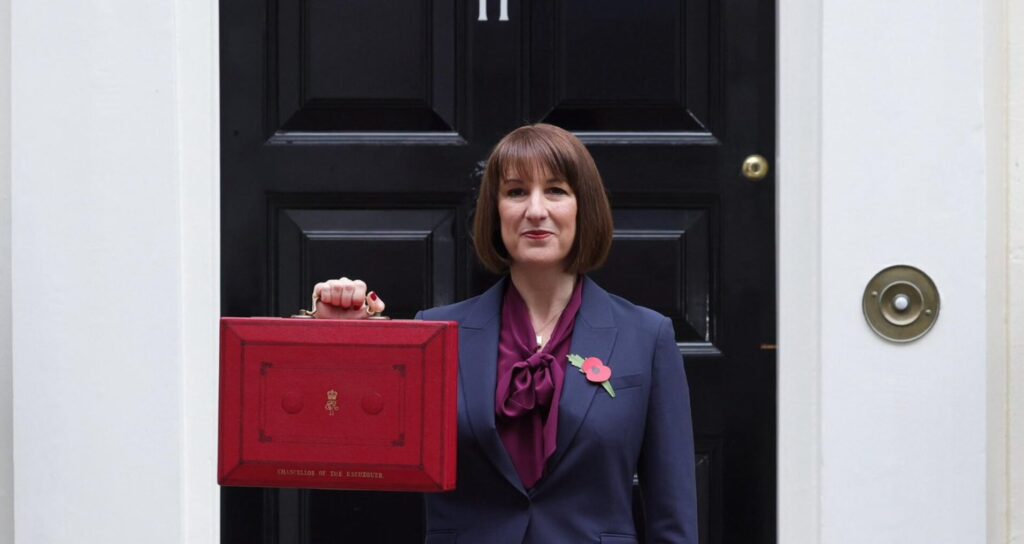Cast your mind back to 1989 — The Simpsons had just hit the small screen, Timothy Dalton’s short time as James Bond was coming to an end with Licence to Kill and, most importantly, John Lewis opened the doors of its flagship store in Aberdeen for the first time.
In what was hailed as a “golden opportunity” for both the store and city, the retailer described its move to the North-East as a “symbolic gesture” that, despite being over 500 miles from London, was “proof that nothing is off limits”.
Over 30 years on, as part of a wave closures across the country, John Lewis’s doors are now permanently shutting in the Granite City, alongside a third of its other locations leaving many to wonder what will become of not only the brand but the High Street as a whole.
With one in seven High Street stores in the UK standing empty in 2021, many are predicting a doom scenario for the retail metropolis. But what if this is not the closing to the book but the start of a new chapter for Britain’s city centres?
The UK faces a time of transition in multiple regards. The impact of COVID and multiple lockdowns has left the economy, and particularly the service sector, in a vulnerable position. New work and lifestyle practices will shape our daily norms; the recent IPCC report declaring a “code red” on the global climate crisis is a final nail on the signpost for a just transition to Net Zero and in the aftermath of Brexit and a potential future Scottish referendum, the bell for “levelling up” Britain’s economy continues to ring. In all this change, our cities must adapt too.
In-person retail was already in decline but lockdown measures in 2020 pushed 80.1% of the UK’s population to move their shopping online. Yet this could also be seen as an opportunity, not only for businesses making the most of their digital markets, but also in re-defining the value of the traditional shopping trip.
With ease of access on digital vendors’ side, the main aspect in favour of the brick-and-mortar shop is now its experiential value. Experts predict that while large retailers may continue to move out of the physical space, small, local businesses’ presence in the city centre will increase. A key aspect of this value is in service. Not only do customers appreciate the social aspect of face-to-face business but also the trust and clarity that can be gained from it. This is something small businesses can lend themselves to and opens the door for more creative thinking in the local retail world. ‘0-Waste’ ‘Refillery’ shops, for instance, have grown in popularity arguably not only for their environmental benefit, but for the experience and aura they have created around the ‘conscious’ shopping trip.
A service focused High Street has also been recognised as a key feature of the levelling up agenda by the Conservative government. Prime Minister Boris Johnson recently announced that pavement licences — allowing holders to place moveable furniture on the street during business hours for hospitality usage — are to be extended and then made permanent in hopes of rejuvenating city centres in the north. Yet such moves have been criticised by MPs including Labour’s deputy leader Angela Ranger who states that “a few chairs outside cafes aren’t going to fix the glaring inequality that scars our communities”. Whilst it is true that such incremental changes are unlikely to cause much needed transformation, focusing on the possibilities of High Street adaption could still provide solutions in the multifaceted transitional period ahead.
The rejuvenation of the High Street is not just about avenging the death of Woolworths; it’s about reviving the urban environment to be a healthier place for the people within. John Lewis has announced it will be using many of its now empty stores to create 10,000 affordable homes over the next few years. And in London, one third of shopping centres currently hold plans for residential development.
But is closing “champion” stores and replacing them with housing flying the white flag of surrender on retail? Many city planning experts would disagree, citing that a key factor in maintaining the High Street for the future will be incorporating residential and community spaces alongside commercial. It is the people that maintain the High Street, so instead of trying desperately to pull them in, why not build it around them?
This also holds its own possibilities for a new kind of city living, an urban ecosystem of sorts, in which health, education, living, working and green space could be better incorporated. Examples have already been seen; a Debenhams in Welwyn Garden City is maintaining retail on the ground floor while housing accommodation above. Such department store-redeveloped housing has its sceptics, particularly over quality and living standards. But retrofitting projects in Nottingham show how previously inadequate social housing can be re-furbished to be both energy efficient and comfortable. And while not all vacant stores will be able to be re-purposed as is, a bio-regional eco village based in Sutton show how zero carbon homes can be made from the recycled materials of old developments. Meanwhile, ‘Vertical Farming’ ventures in Dundee and Glasgow boast new opportunities for inner-city agriculture, and further afield, ‘edible city’ projects in Chicago and New York, act as examples for how green spaces can be built back into municipalities to encourage interaction and education.
The renewal of the High Street will take time, and will look different for each city, company, and community — but that is precisely the point. By 2030, John Lewis wants to diversify 40% of its profits to come from areas outside retail, instead focusing on services spanning from financial assistance to gardening. Head of the government-commissioned High Street tax force Mark Robinson points to the previous ‘mono-culture’ of town centres being the biggest point of change — choice, service, and balanced experience will be the key ingredients to that transformation. Though it may seem for many that we have reached the demise of the High Street, in a time where comprehensive adaption has been deemed essential across both politics and practice, perhaps instead this is just the beginning of a new evolution.


